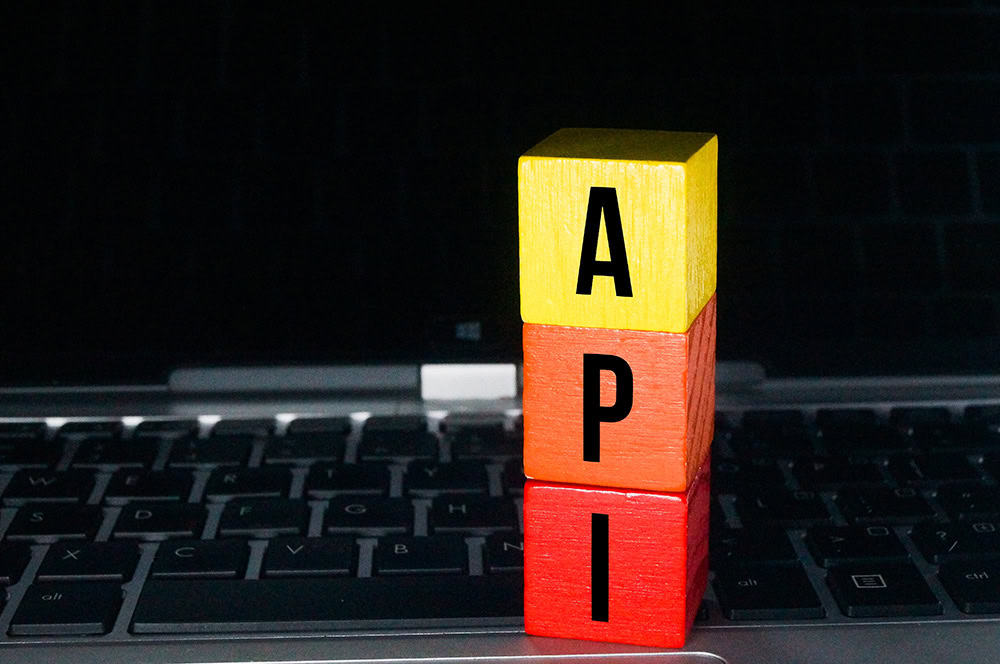RPA vs. Systems Integration (and API Integration)
While there are many similarities between robotic process automation and systems or application integration, there are some differences one must consider when approaching an implementation. We’ll compare Robotic Process Automation (RPA) and systems integration, the benefits of each, and when to use one of the other. We also discuss how API integrations play a part in both RPA and Systems Integration.
The ability to simplify and streamline processes plays a pivotal role in digital transformation. Also important is the ability to combine multiple technologies and platforms into one easy-to-use interface to enhance productivity in the workplace. With this in mind, you need to understand the major similarities, differences, and use cases between two of the technologies that aid in this endeavor – RPA vs. systems integration.

RPA vs. Systems Integration – Compare and Contrast
First, let’s define what each solution is and what purpose it serves. Robotic Process Automation (RPA) technology is a form of software automation that exists for the primary purpose of automating rule-bases tasks, which relieves manual strain from the human workforce. With the solutions and intelligent enhancements to RPA today, automation bots are now capable of streamlining complex/end-to-end tasks that require judgement and deductive reasoning, and that exist among multiple platforms. Further, RPA solutions stretch to various industries and functions, such as accounting and finance, marketing and sales, and even supply chain.
Systems integration solutions (which is sometimes referred to as applications integration) are similar in that they serve the purpose of delivering optimal user interface to the workforce. By bringing together multiple technological sub-systems into one aggregate system, an overarching, more efficient functionality is achieved.
This is done through using a variety of techniques, such as computer networking, programming and enterprise application integration. Similar to RPA, business process management is also used, which is a practice organizations use to model, analyze, measure and ultimately automate certain business processes.
When to use RPA
Now that we know the high-level similarities and differences of these two entities, we need to understand when to leverage one solution or the other. In the big question of RPA vs. systems integration, here are some instances where an RPA implementation may be the more beneficial avenue:
When to use Systems Integration
If an organization’s system needs an end-to-end overhaul/evaluation, or the solution being offered needs to be more dynamic, systems integration might be your best option. Here are some instances where this might be the better avenue:
How API Integrations play a part in both RPA and Systems Integration
API’s play a big role in both RPA and system integration by enabling data exchange and communication between different software applications and services that are used in the end-to-end business processes which are enabled by RPA or via systems integration. An API has the rules and protocols that allow developers to create connections and integrate systems. Use cases include extracting data from an application, triggering actions in One system based on certain events from another system, or accessing functionality from external services, APIs serve as the bridge that facilitates interoperability and automation.
Key advantages of API include:

Does all this sound overwhelming? We can help!
Examining the big “RPA vs. Systems Integration” question can be daunting, and might make you consider how one of these options are even possible to achieve and understand how APIs play a part. However, you don’t have to go at it alone!
Smartbridge is equipped with the breadth of expertise required to assist with both an RPA implementation, or a complete Systems Integration overhaul and API enablement.
>> Schedule a call on the calendar of one of our managers or directors and skip sales!
Through the years, we’ve gained extensive experience in helping enterprise-level organizations realize and achieve their automation initiatives through RPA implementations. Further, we partner with leading integration platform players to help you navigate the integration landscape maze, and achieve your desired result.
Keep Reading: RPA Journey Phases – How to Build a Program from Scratch
Looking for more on RPa and systems integration?
Explore more insights and expertise:
There’s more to explore at Smartbridge.com!
Sign up to be notified when we publish articles, news, videos and more!
Other ways to
follow us:


